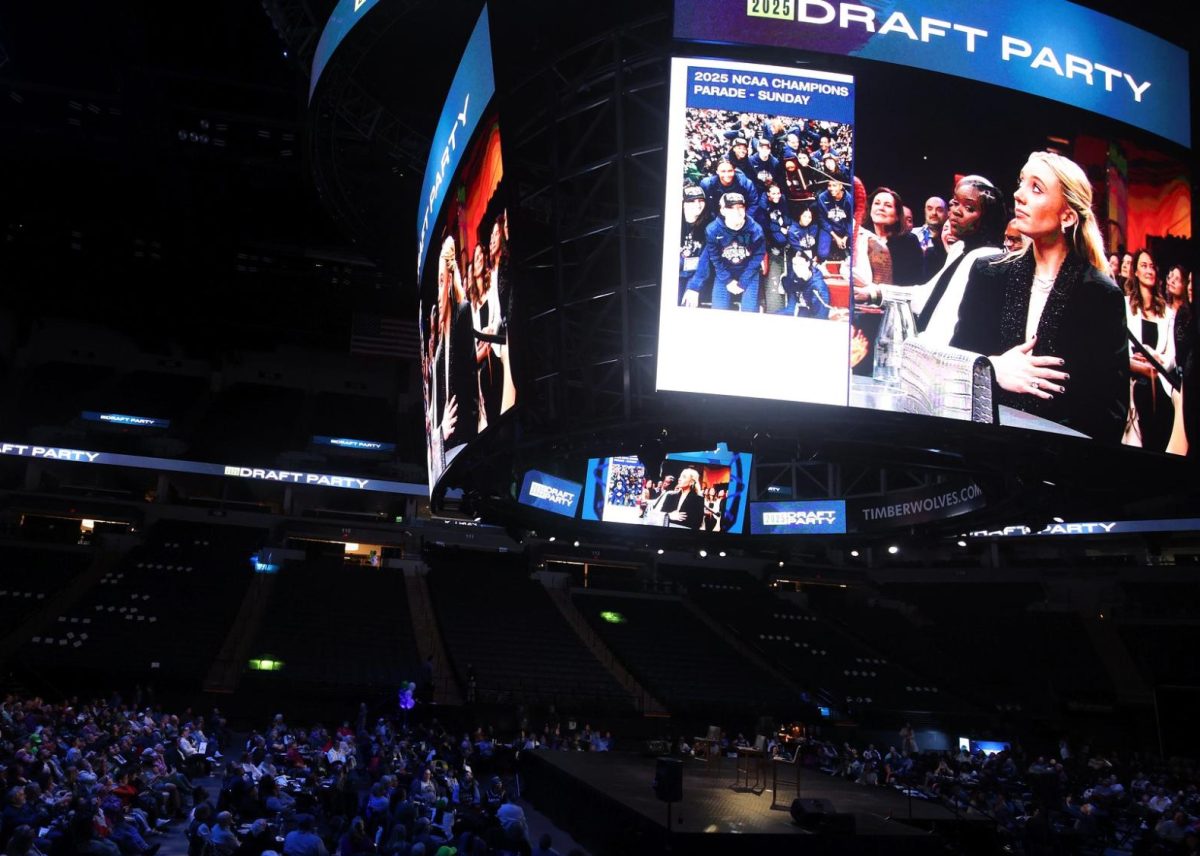The WIS administration reminded students of the WIS dress code via the weekly Devil’s Details on October 3. Since then, the dress code has been included in every Devil’s Details. This dress policy was nothing new, although in recent years teachers and administrators had largely relaxed its enforcement. In practice, the dress code disproportionately applies to girls, and when paired with the administration’s announcement, it blames this heightened policing on the girls themselves.
The dress code has an inherent gender disparity. Of course, no clothing is inherently “men’s” or “women’s” clothing. However, in our society, gender is polarized and categorized such that norms for men and women are defined, in part, by being opposites. For this reason, most types of clothing are marketed at and typically worn by one gender or the other. The gendering of clothing is especially true in a high school setting, where social pressures emphasize conformity. The dress code primarily attacks girls because most of the prohibited clothing is part of current women’s fashion, not men’s.
More girls than boys wear cropped, strapless or backless tops: the dress code prohibits all three. More girls than boys wear bras, so they have more undergarments to hide: according to the dress code, even accidentally showing a bra strap is considered “unacceptable.” Shorts marketed towards girls are typically shorter than those marketed towards boys, and it can often be hard for girls to tell whether shorts are too short until they’re at school and it’s too late. Regardless, the dress code blames girls.
Not all of the dress code policies disproportionately impact girls. It is reasonable to expect that all clothing must be clean, because dirty clothing could make school property dirty as well. It is not problematic to expect students to wear shoes. Derogatory messages should not be allowed in any context, including clothing. But the dress code’s particular fixation on regulating girls’ clothing mirrors a historic trend of female hypersexualization.
We live in a society where girls are taught that their bodies distract men: that, by dressing in clothing deemed unrespectable, they are responsible for any unwanted male attention. It’s hard not to read that stigma between the lines of the dress code. More women’s clothing is prohibited than men’s clothing, and to paraphrase the dress code announcement, wearing this clothing indicates disrespect for the WIS community. In fact, the dress code states that “appearance is a source of pride,” heavily implying that girls should be ashamed of wearing mainstream women’s fashion because it somehow counteracts ‘serious work.’
What, exactly, is so inappropriate about a girl’s stomach? Why is a bra strap just as offensive as a derogatory T-shirt slogan? Without tank top straps, are girls’ shoulders somehow provocative? If “appearance is a source of pride,” then are girls’ bodies a point of shame?
Does the dress code want students to look professional? If jeans and a hoodie are considered professional, but a short skirt is not, then this idea of “professionalism” stems from the same gendered respectability standard that plagues the dress code itself. Does the dress code want to prepare students for a workplace where casual attire is inappropriate? If that were the case, it would require a formal uniform. In addition, for most students, the next step after WIS is university. If what we wear before employment determines what we’ll wear to our jobs, then every college-educated employee would wear sweatpants to work. Of course, the notion is absurd.
The IB instills a stressful academic climate, and high school creates social stress on top of that. Students shouldn’t experience additional anxiety about whether they are accidentally wearing too-short shorts, especially if that worry predominantly applies to one specific gender. In the announcement, the administration acknowledged that students should feel comfortable, but that can’t happen with a dress code that’s anachronistic and blatantly unrealistic. An overwhelming portion of women’s tops that are produced are cropped, and this is especially true in the summer. During hot weather, it can be particularly difficult to find clothes that adhere to the dress code while being comfortable. Anyone who wears a bra knows how hard it can be to match a bra with a shirt that will hide it. Women’s shirts are often see-through or too thin or low-cut, which often isn’t evident before buying.
The dress code hides sexist views behind a facade of professionalism. It is antithetical to the respect it seeks to promote, and it must be revamped. Its sections that target girls must be revoked, and its language must be revised, so that it no longer upholds unacceptable prejudice.
By Dateline Staff































































